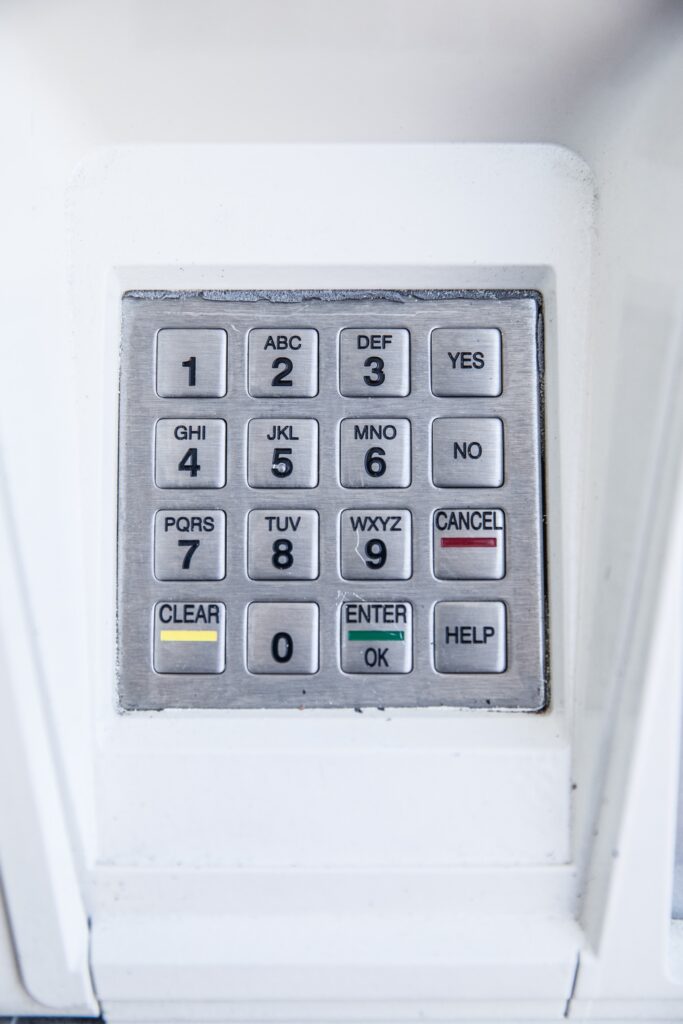Common Issues: Access control is a protocol system, a security system that specifies users to access the information.When it comes to security we all think it must be very tough to get past. We do not want any information placed in the wrong hands and especially when it comes to client-based information.
But nowadays due to advanced technological research, it is getting easier to get past most of the security protocol and many business owners are tense about the same issue.
The main issue which is getting more and more penetrated is Access control. Protocols are a must in an organization, who should be accessing what, other than which it is defined as fraud and company’s information leaking.
There is much customer-related information which is the most important database for any organization and with the help of Access Control, organizations try to keep it safe and secure. But due to the inefficient and irresponsible selection of an Access control system, the information can be displayed to almost everyone in the organization. People do not think another second when they get access to files and information which they aren’t supposed to get.

Thus, one of the first flaws of this process can be counted as the Organization’s failure of a selection of Access Control for the company. Access control once wrongly selected, it affects the company in the long run.
There are a few types of Common Issues of Access Control we need to understand before we move further:
1. Mandatory Access Control:
In this type, we can identify how strict access control is set, only the owner and another person appointed is permitted in accessing any control while others cannot. This type of Access Control is used especially when the priority is the organization’s confidentiality and undisclosed data.
Mandatory Access Control cuts down the people involved in the process and also helps users to stay close bound with the information. In an organization, top management is everything, and for which MAC is a very efficient system to use.
2.Discretionary Access Control:
If an organization wants to keep total control over each individual’s access control, the type of Access control system they go for is Discretionary Access Control. The head of the organization can decide and modify each time to whom he wants to grant access.
With benefits, this system also brings drawbacks with it, like when we say total control to the organization which is the end-user of the system, this brings down the security level of the whole organization and people can be identified with any object they own. Discretionary Access Control is the least secure type of system!
3. Role-Based Access Control:
This is one of the widely used and most in-demand systems in the current business world, it is also used widely in households. This is fully system administrator based which means that the amount of access given shall be decided by it and also it will be based on the person’s position in the company and the amount of job responsibility handled by the person.
Role-Based Access Control does not leave any loose ends which is why it keeps your data and information safe, it also ensures the utmost security of the whole organization.
There are two ways in which a person can access the information:
1. Physical Access Control: In this, a person is granted access within the campus or the building or the other physical IT assets.
2. Logical Access Control: Logical Access Control secures the information and grants the same through computer systems, files, and data.
But many times this Access Control system fails to protect the information, through the common mistakes made by the organization the information is no longer safe, and the security maintained is breached.
Common Issues: Mistakes and issues related Access Control:
1. Giving access to a wrong staff:
An organization which does very good, are common to make such mistakes now and then, due to increase of staff members and having many employees in one department, even though the job role is different, organizations tend to lend the information to wrong hands many times and such does not take time to backfire at them.
In such a scenario, organizations need to make sure that the staff member gets access to the data they need and an approved document from them that they won’t be accessing any other data from work. This can save tons of client data going here and there.
2. Password gamble!
There’s always a gamble when it comes to setting a password, with the manpower of 200 people, more or less, organizations always tend to neglect to select the password intelligently. Even after instructing their employees to change the password very often, they set it very weak and which becomes very easy to crack and hack.
Making a strong and unique password for each and every employee is necessary in such cases. There should be no negligence when it comes to a security threat.
3. Common Issues: Nobody knowing about data stealing
Sure, the organization is always going to be under stress regarding these issues, but what about the employees? They must be aware of the risk and how they must protect it. Even after creating many security protocols, one single human error can make the whole organization regret not educating their staff about the risk.
Making them understand and giving them proper guidance would be enough to protect the information and also maintain the security about Accessing data.
There’s always going to be a mistake. One single mistake!
There are many other threats and flaws under Access Control but if the whole organization team up to this, this is a very priority-based problem they can resolve.
When it comes to Access control and its flaws, the most important thing here is security, the question is how much you want to give in when it comes to security? The whole organization stands responsible when something goes wrong, are you up for that instead? No, keep looking for the best version of Access control and keep your company safe.

One thought on “Common Issues occurring In Access Control”
Comments are closed.